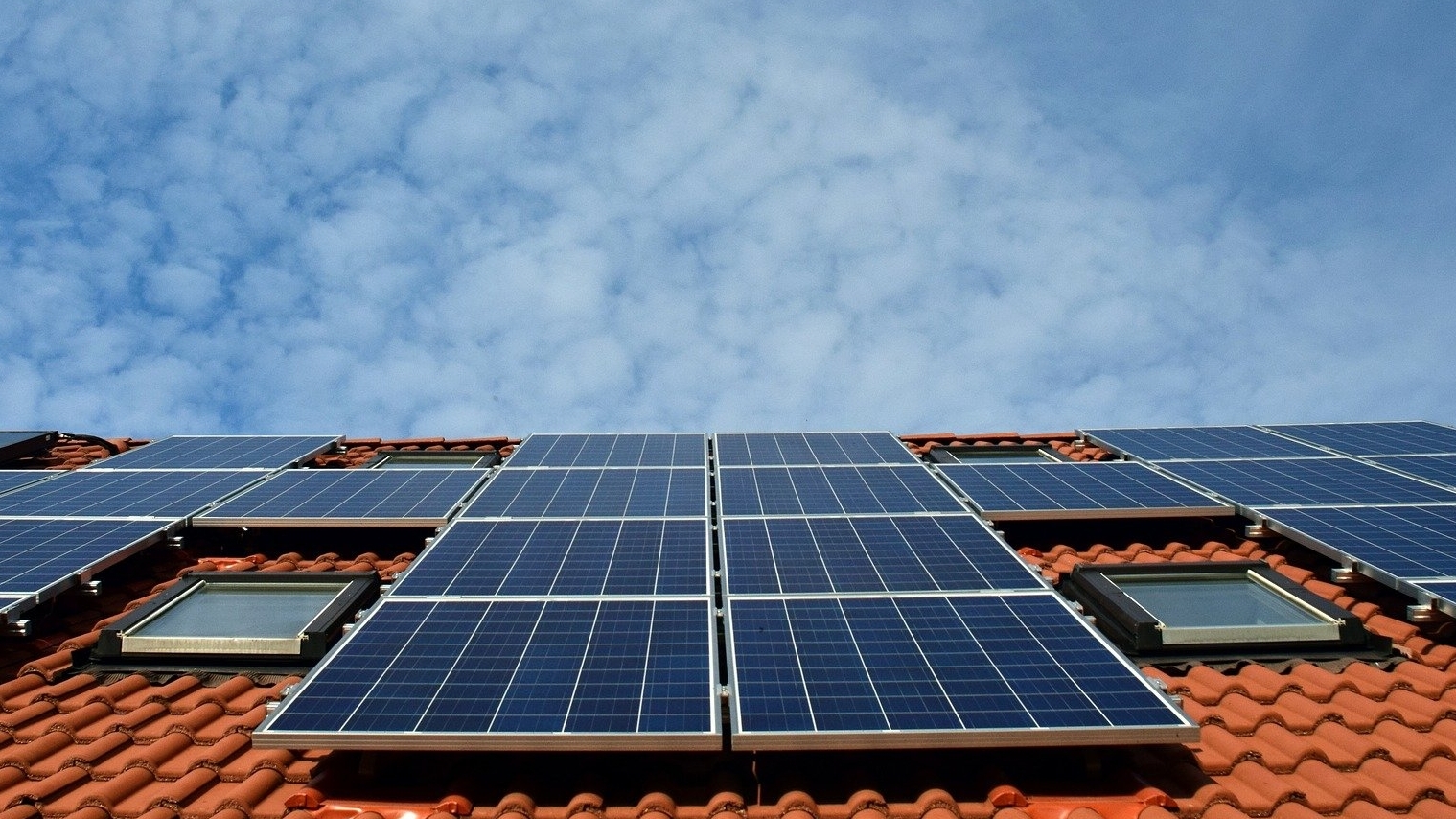With the prosumer standard load profile, Agora Energiewende is presenting a concept for self-consumption from subsidized systems that does not require expensive smart meters and is based on existing mechanisms in the electricity system.
Operators of solar installations that will no longer be eligible for remuneration under the Renewable Energy Sources Act (EEG) from 2021 should be able to both consume their solar power themselves and feed it into the grid in a legally secure manner. However, small systems should not be required to have an expensive smart meter for this, as stipulated by the current regulations and the draft for the EEG 2021 - which would quickly make the systems uneconomical. Instead, supplementing the existing system of standard load profiles with a solar power prosumer standard load profile could be a cost-effective alternative to meter conversion.
This would only require rewiring the house connection box in the same way as is practiced for most new small systems. Agora Energiewende has now outlined this variant for the continued operation of solar power systems in a study together with the consulting organization Regulatory Assistance Project, which specializes in electricity market regulation.
The planned EEG draft 2021 presents operators of small systems with a dilemma after the end of the 20-year EEG subsidy: either they accept very low marketing revenues from the grid operator for their electricity, which in case of doubt just about cover the insurance and maintenance costs. Or they convert the house connection box to consume the solar power directly in the house grid - as is the case with most new systems - but then have to purchase an expensive smart meter.
As a solution, Agora Energiewende proposes expanding the system of so-called standard load profiles to include a prosumer standard load profile. Standard load profiles already determine the average amount of electricity required by different groups of electricity consumers - such as households and businesses - in each hour of the year. Electricity distributors then procure electricity for their customers on the basis of this synthetic information.


